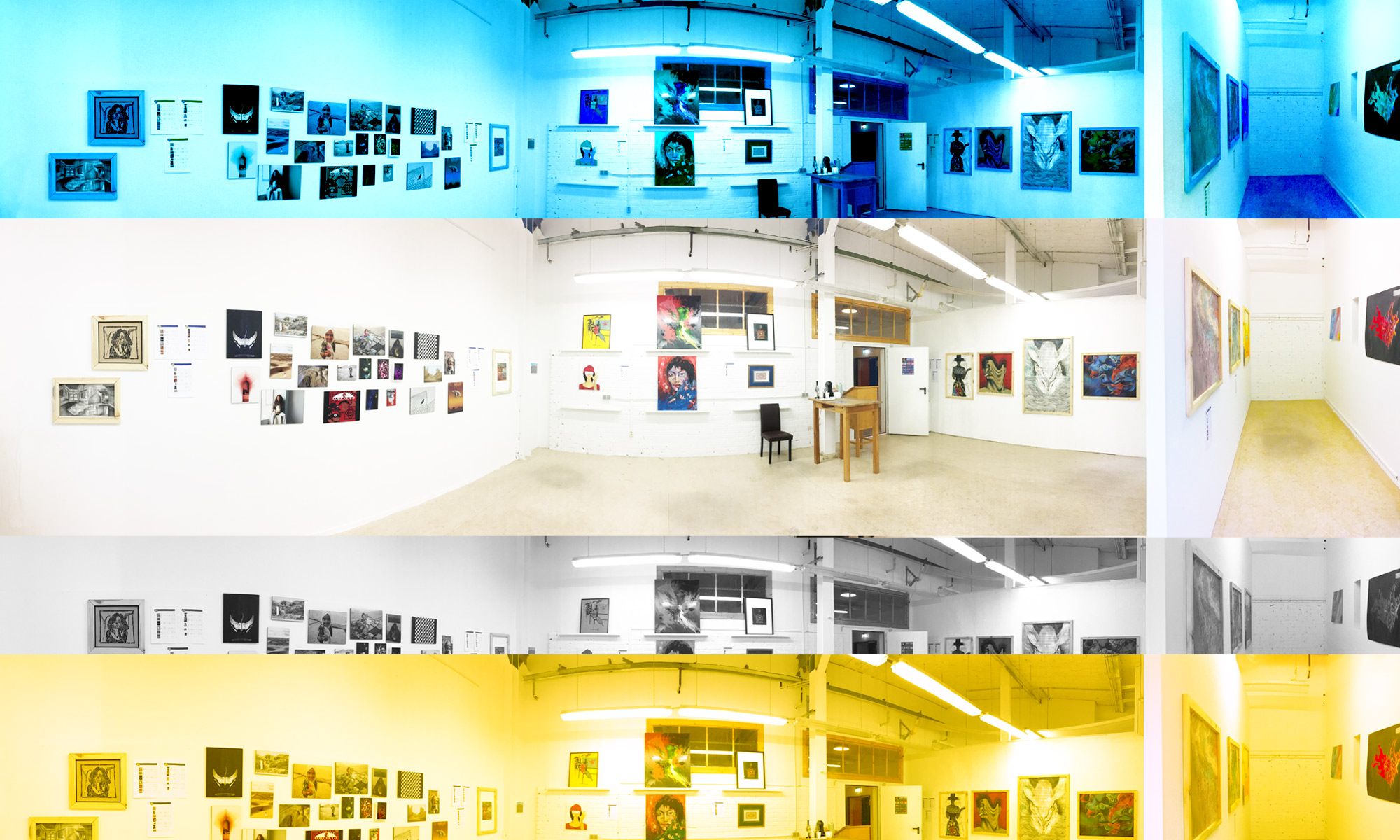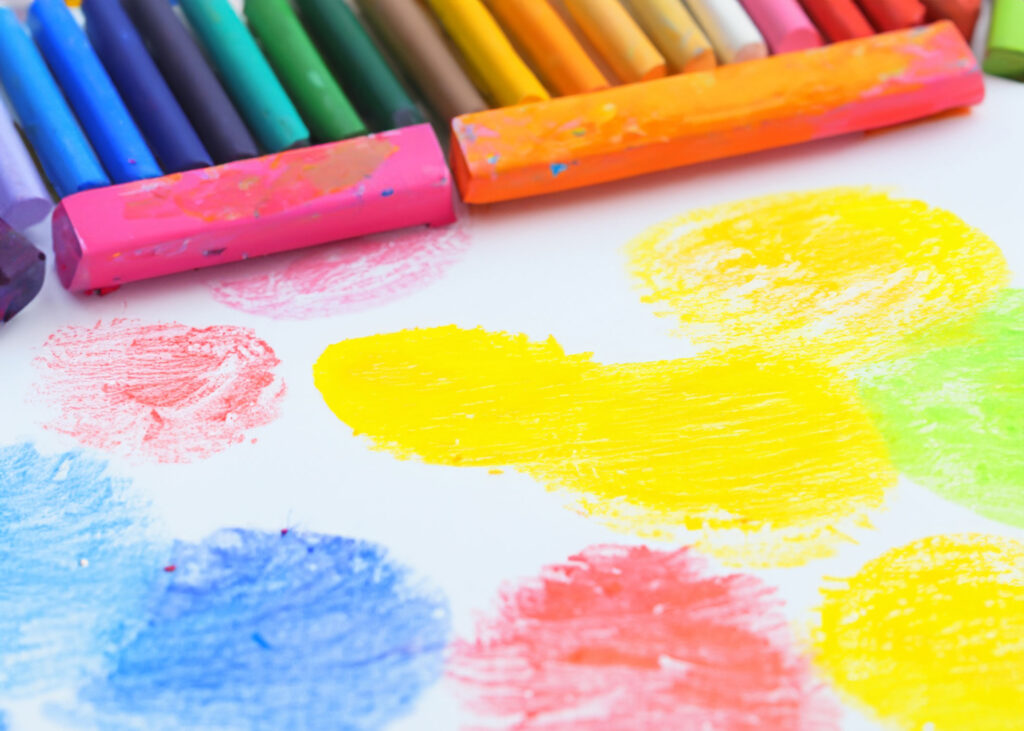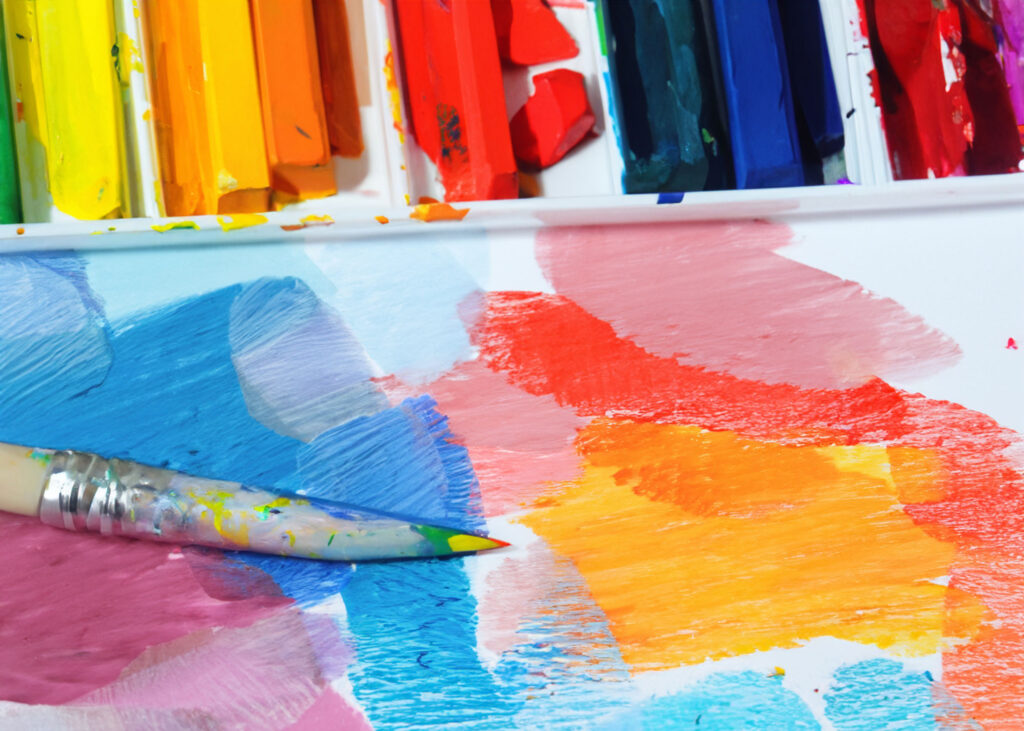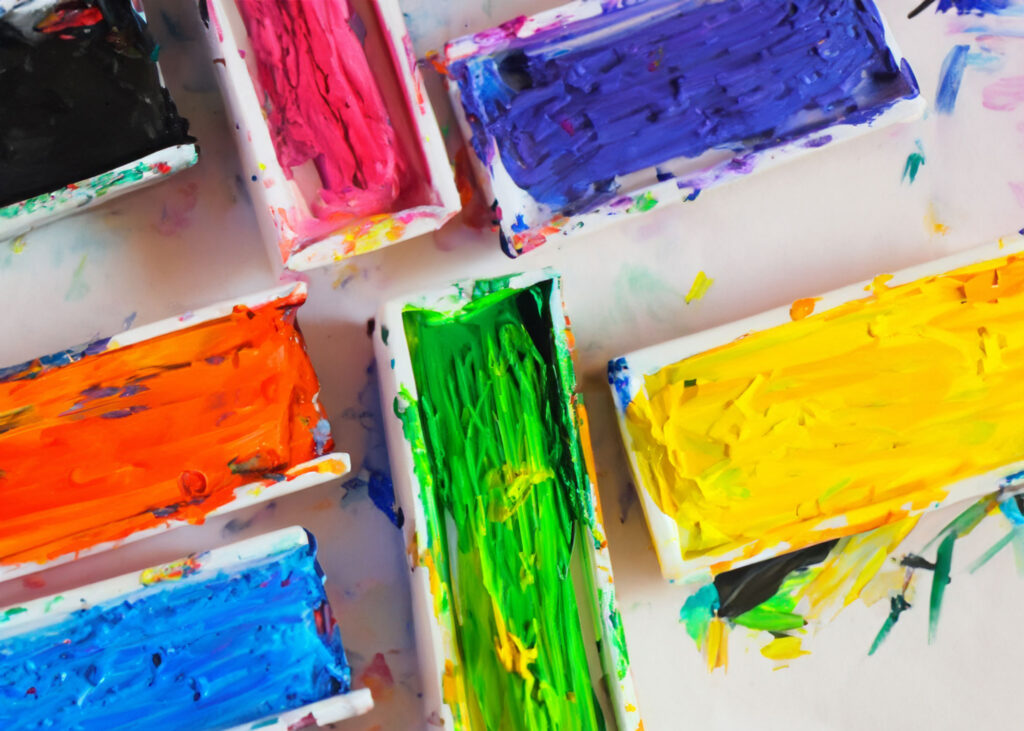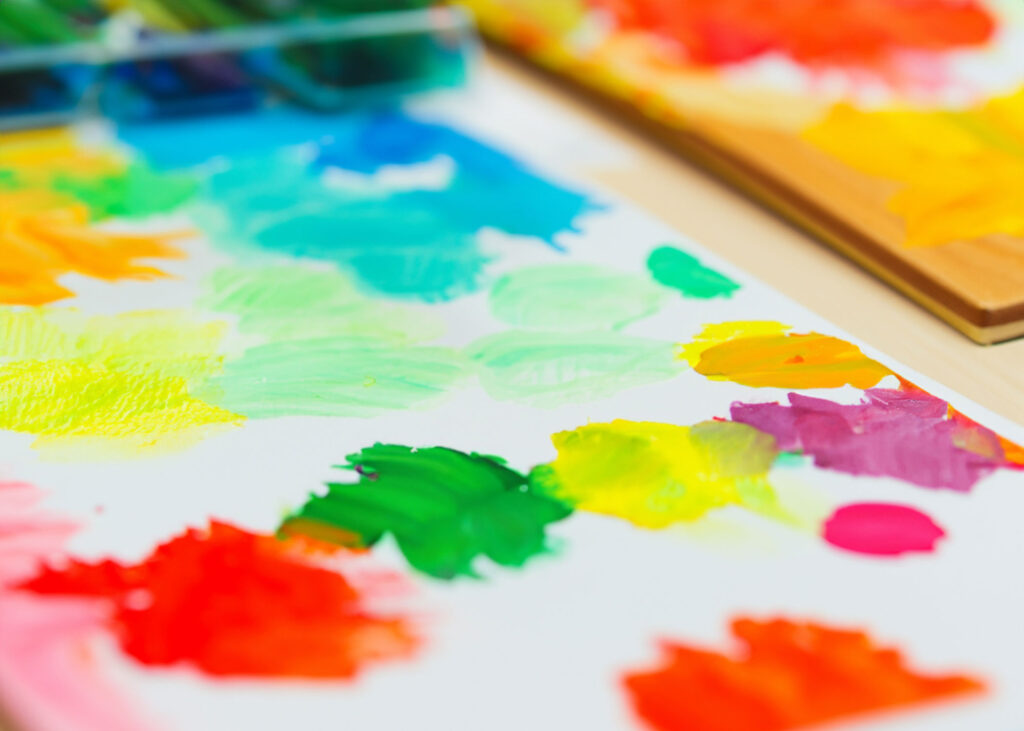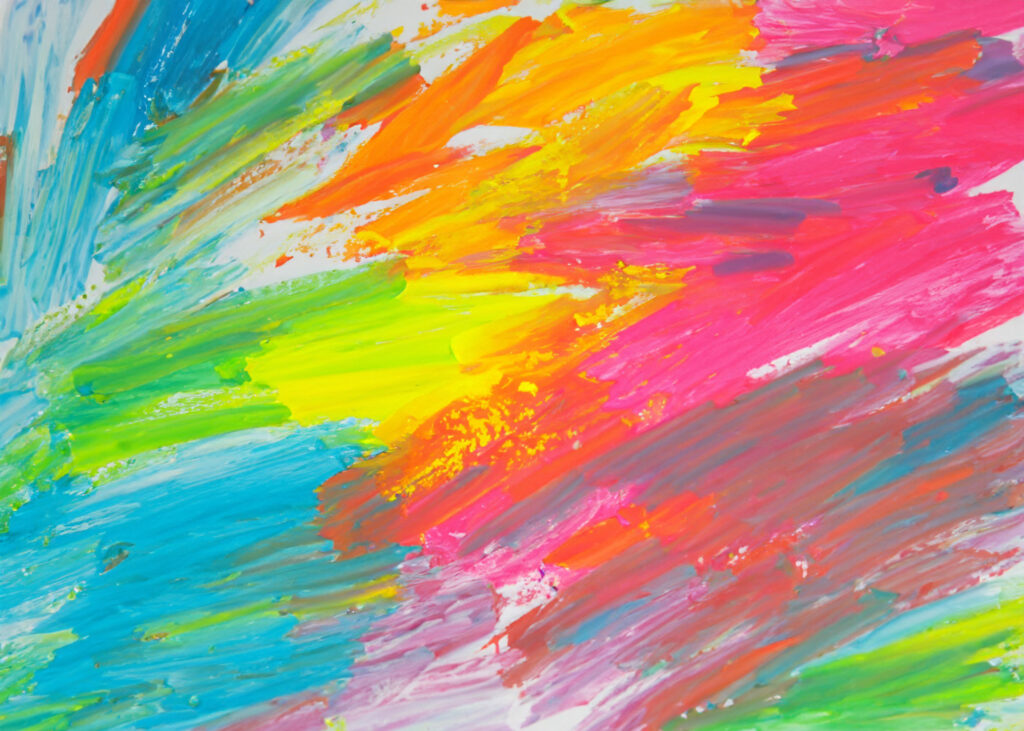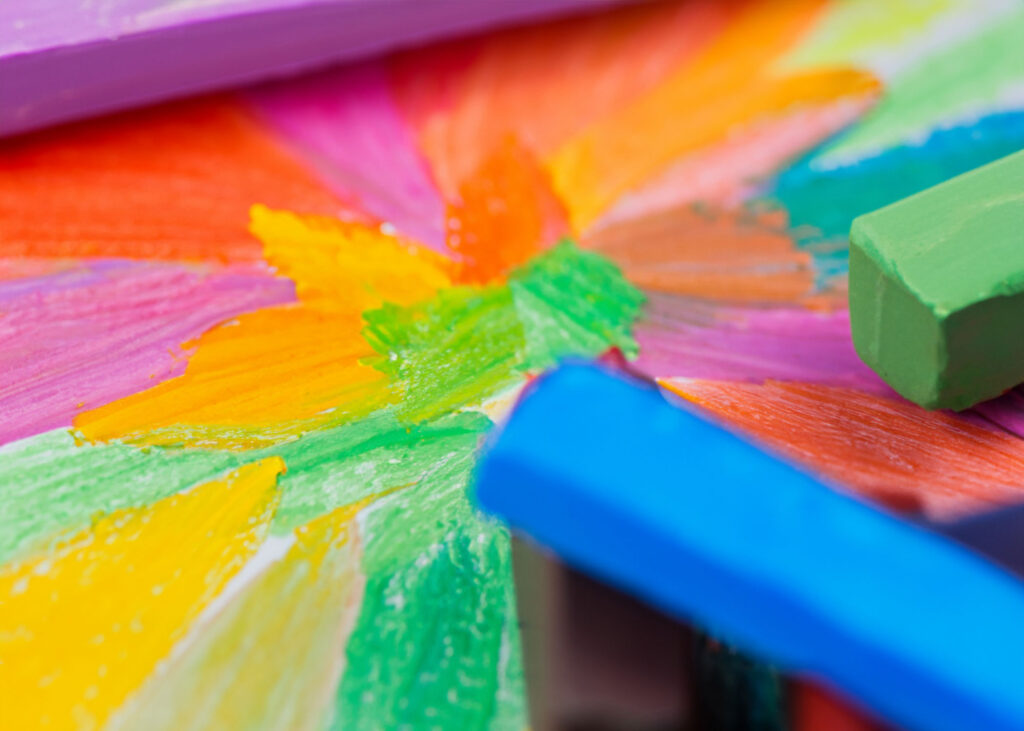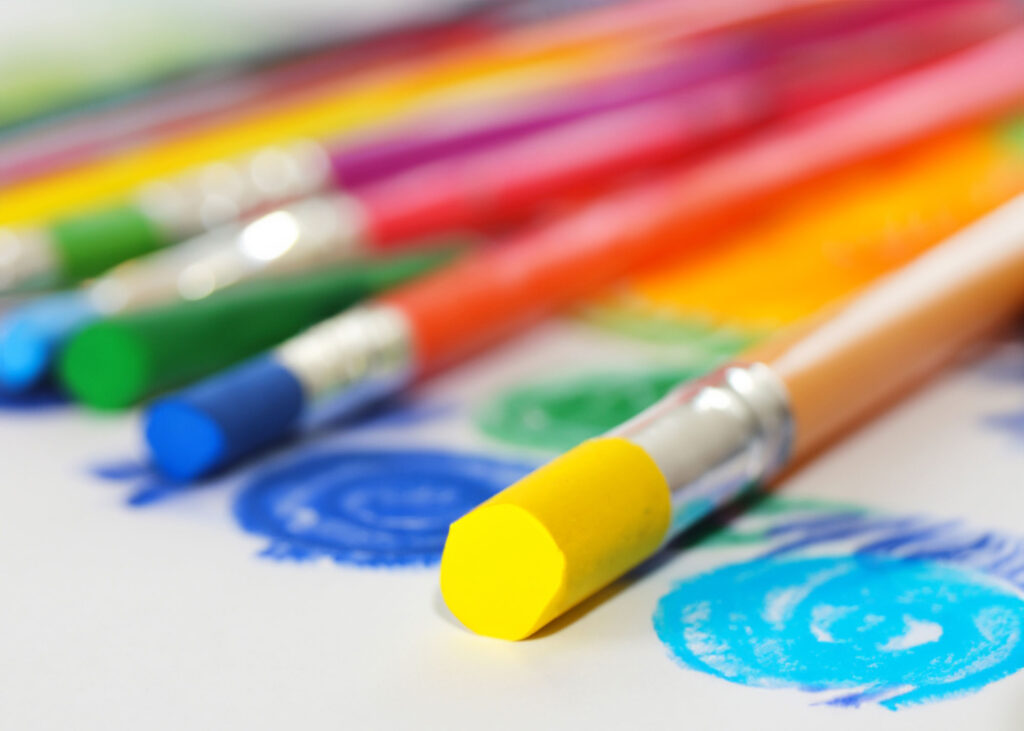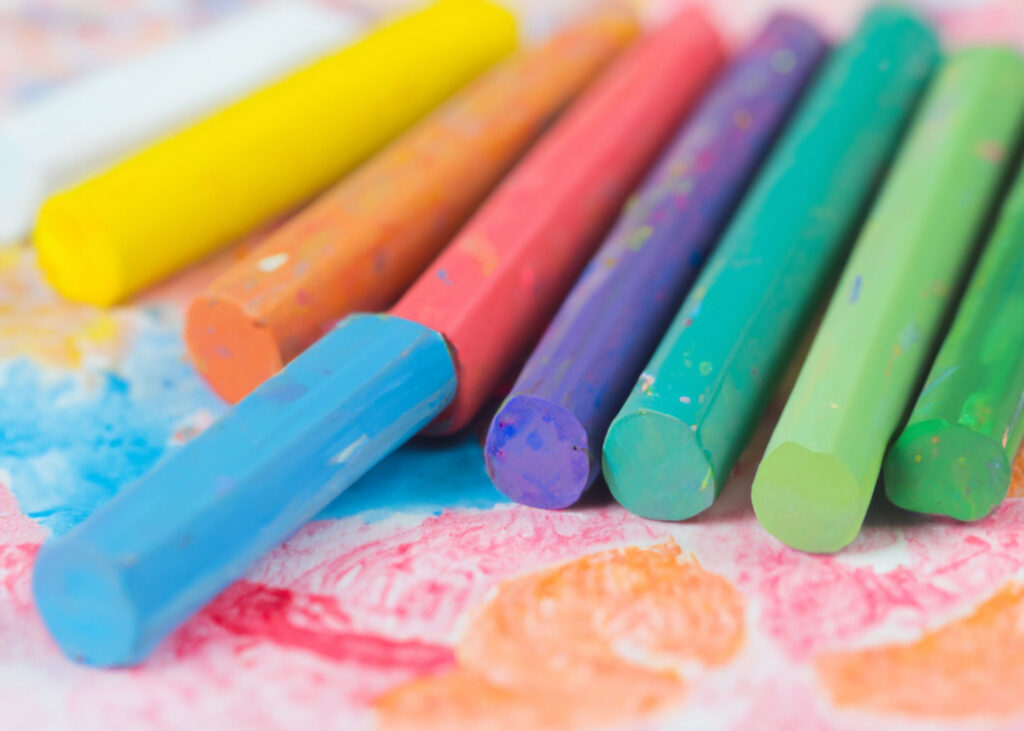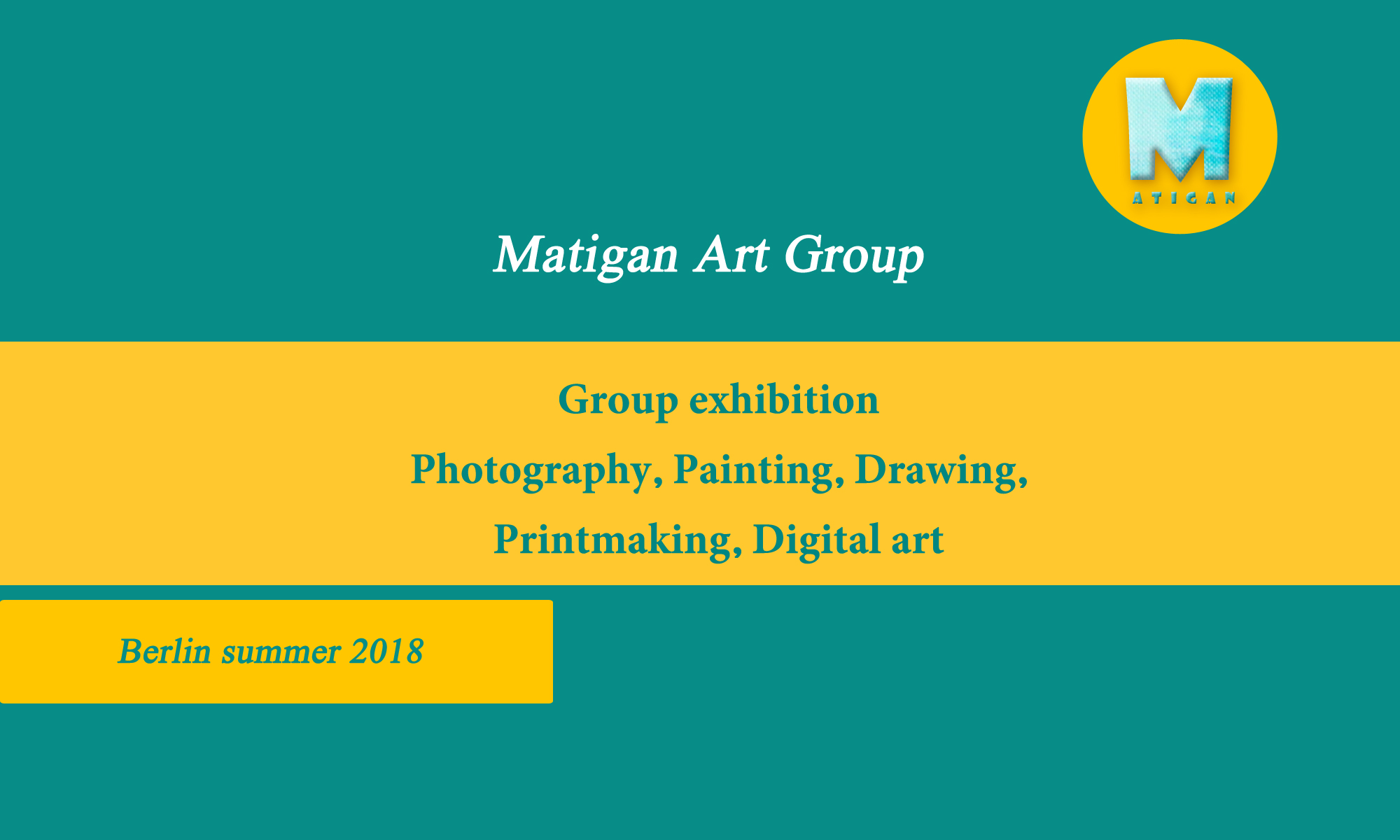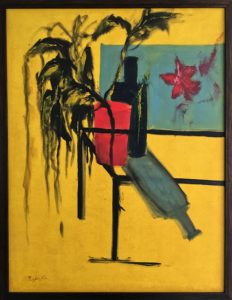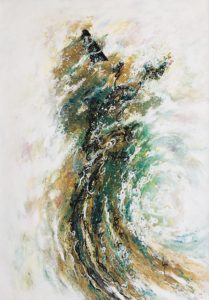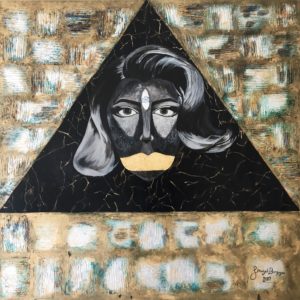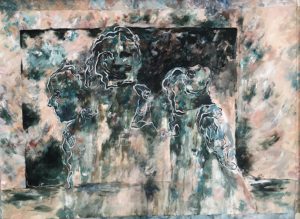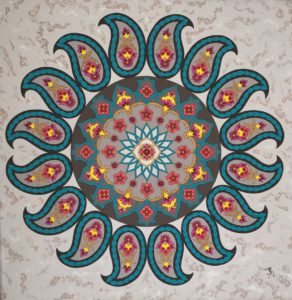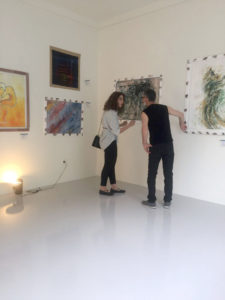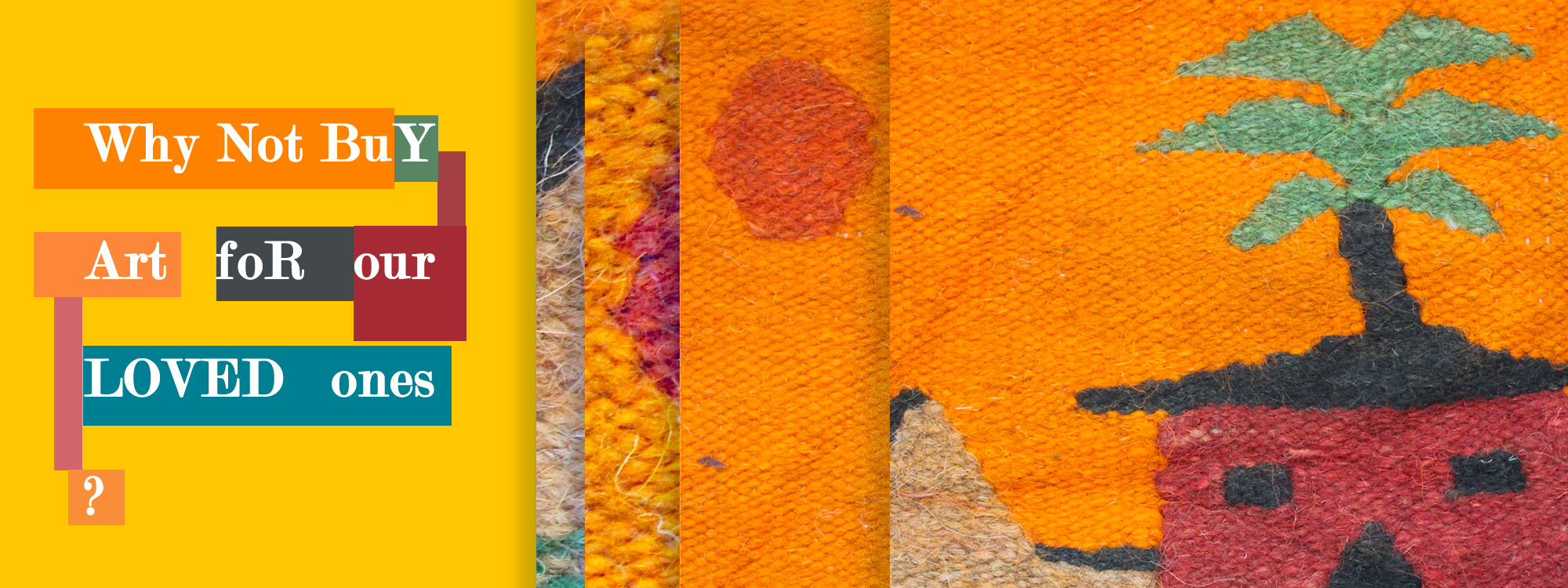Pastels are a versatile medium that allow artists to create beautiful, soft, and textured artworks. There are many brands of pastels available, each with their own unique qualities and characteristics. In this article, we’ll take a look at some of the most popular brands of pastels and what sets them apart.
Rembrandt Pastels
Rembrandt Pastels are one of the most popular and widely used brands of pastels in the world. They are made in Holland and are known for their exceptional quality and rich, vibrant colors. Rembrandt Pastels are made with a high concentration of pure pigment, which means that they produce deep, intense hues that are perfect for creating bold, expressive artwork. They are also very soft and velvety, making them easy to blend and layer.
Faber-Castell Pitt Pastels
Faber-Castell Pitt Pastels are another popular brand of pastels. These pastels are made in Germany and are known for their high level of lightfastness, meaning that they resist fading over time. They are also very versatile and can be used on a variety of surfaces, including paper, canvas, and wood. Faber-Castell Pitt Pastels are known for their soft, smooth texture, which makes them easy to blend and layer. They come in a range of vibrant colors, and their square shape makes them easy to handle and control.
Sennelier Soft Pastels
Sennelier Soft Pastels are a French brand of pastels that have been used by artists for over a century. They are known for their rich, creamy texture and high pigment concentration, which produces brilliant colors that are perfect for creating luminous, expressive artwork. Sennelier Soft Pastels are very soft and crumbly, which makes them easy to blend and layer. They also come in a range of over 500 colors, including many unique and unusual shades.
Schmincke Soft Pastels
Schmincke Soft Pastels are a German brand of pastels that are known for their exceptional quality and lightfastness. They are made with pure pigments and a minimum amount of binder, which means that they produce rich, vibrant colors that are true to life. Schmincke Soft Pastels are also very soft and velvety, making them easy to blend and layer. They come in a range of over 400 colors, including many earth tones and subtle shades.
Holbein Artists’ Soft Pastels
Holbein Artists’ Soft Pastels are a Japanese brand of pastels that are known for their exceptional quality and lightfastness. They are made with pure pigments and a minimum amount of binder, which means that they produce rich, intense colors that are true to life. Holbein Artists’ Soft Pastels are also very soft and velvety, making them easy to blend and layer. They come in a range of over 200 colors, including many unique and unusual shades.
In conclusion, there are many different brands of pastels available, each with their own unique qualities and characteristics. Whether you’re looking for rich, vibrant colors or soft, velvety textures, there is a brand of pastels out there that will meet your needs. So go ahead, experiment with different brands and find the ones that work best for you!
